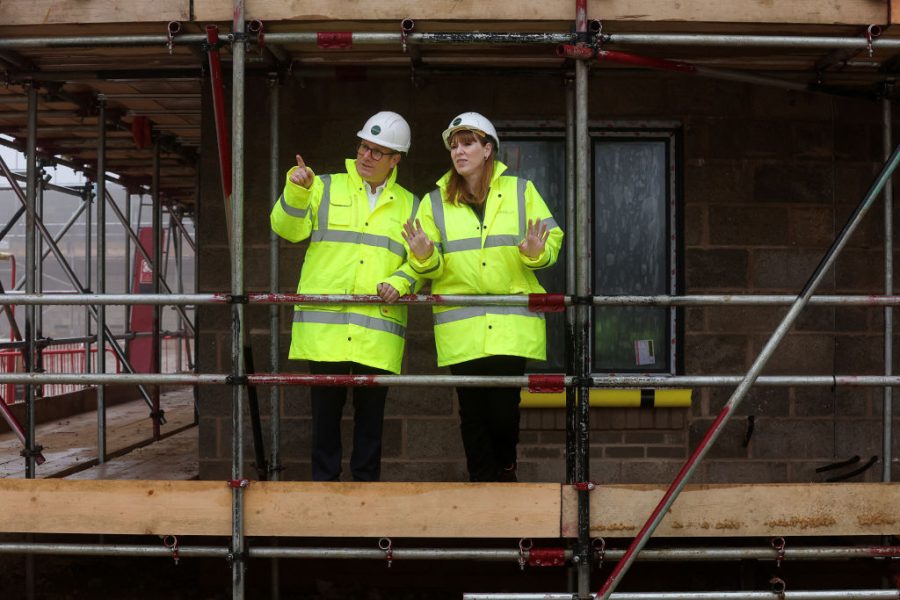Why does the government keep setting itself up for failure? It did it with the target for decarbonising electricity by 2030 – which virtually no one outside Ed Miliband’s department and its attached agency, the National Energy Systems Operator (NESO), thinks is possible and which has already been watered down to a 95 per cent reduction in emissions. And it has done it again with its target of building 1.5 million homes across the lifetime of this Parliament. Angela Rayner seems to think it is just a case of trampling over Nimbys and the houses will magically appear. But today the Construction Industry Training Board (CITB) has scotched that notion, saying that Britain simply doesn’t have the skilled workforce necessary for such an acceleration.
School-leavers have been conditioned to think that working in trades is a lowly occupation
According to the CITB there are currently 2.67 million people employed in building trades. They can deliver the 220,000 homes in England completed in the past 12 months, but for every 10,000 additional homes built each year we would need an extra 30,000 workers, spread across twelve trades. To reach 300,000 new homes a year therefore, it would require an extra 240,000 tradespeople. To get to 370,000 new homes per year – as the government is now proposing, in order to catch up with its target – we would require an extra 450,000 workers.
How to conjure up such a workforce? The fastest way might be to import the required workers, but only at the cost of yet another surge in migration. Add a partner and a couple of children to each of those 450,000 workers and net migration would soar well above the near million who arrived in the twelve months to June. Moreover, they would all need somewhere to live, thus gobbling up the existing housing stock faster than they could help build additional homes.
There shouldn’t be a problem finding sufficient workers among the existing population. Between July and September this year there were, after all, 946,000 ‘Neets’ – people aged between 16-24 who are not in employment, education or training. But they would, of course, need to be trained, which is hardly an instant process, as well as drilled into the practice of earning a living – a lifeskill which seems sadly to have deserted many people since the pandemic.
The shortage of construction workers rather underlines a huge policy failure of successive governments over the past 30 years: trying to persuade more and more young people into university. We have ranks of under-employed graduates – only 67 per cent of graduates in 2023 were in high-skilled jobs which justified their qualifications. If we could divert just some of the 285,000 people who started undergraduate courses in social sciences last year, and the 587,000 who started courses in business and management into skilled trades the government would be a lot closer to achieving its housebuilding targets.
For years, however, school-leavers have been conditioned to think that working in trades is a lowly occupation and that they ought to aspire to ‘higher’, white collar jobs. The result? Lots of unemployed gender studies graduates and a growing housing shortage. With bricklayers already reported to be earning upwards of £1,000 a week, sooner or later, the market will resolve this. But that may not come in time to help Starmer reach his housebuilding target for the end of this parliament.








Comments